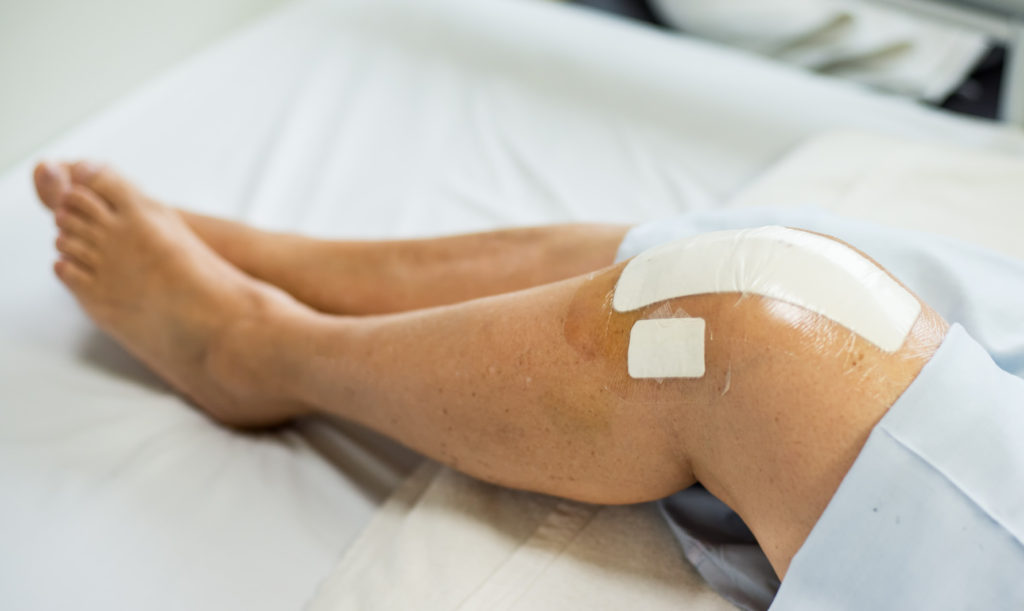Medical device and MedTech insights, news, tips and more
16 Things to Know about Outpatient Total Joint Replacements and ASCs
March 9, 2017

Here are 16 things to know about outpatient total joint replacements and ambulatory surgery centers.
1. Outpatient total joint replacements are on the rise; according to Sg2, from 2012 to 2015, there was a 47 percent increase in elective outpatient hip and knee replacement procedures as reported by Vizientinc. Sg2 predicts there will be 77 percent growth in joint replacements over the next 10 years, but inpatient total joint replacements are only projected to grow 3 percent over the same time period.
2. Outpatient total joint replacement is expected to increase 457 percent for knee replacements and 633 percent for hip replacements nationally in the next decade, according to Sg2.
3. The projected outpatient volume for joint replacement, including partial and total joint replacements, for the next decade are as follows:
- 2016: 15 percent
- 2018: 25 percent
- 2020: 32 percent
- 2022: 37 percent
- 2024: 43 percent
- 2026: 51 percent
4. Nearly half of the total joint population to date spends one to two days in the hospital, according to Sg2; these patients are “ripe for the shift to the outpatient setting.” Hospitals are concerned they will see decreased revenues due to outpatient procedures or cases moving into ASCs.
5. An Advisory Board Company analysis found 23 percent of hospitals, out of 354 hospitals surveyed, perform some outpatient total joints; 7 percent perform at least some outpatient hip replacements. The surgeons performing those outpatient procedures said “very few of their patients need skilled nursing, rehabilitation or home care” after their procedures.
6. In 2014, Medicare paid $50,000 on average per hospitalization for total hip and knee replacements, according to Advisory Board, totaling around $7 billion. However, outpatient total joints cost “roughly half as much” as inpatient procedures, which could be a driving force to the outpatient setting for appropriate patients in the future.
7. Total knee and hip replacements were among the first procedures to transition to bundled payments because they are elective procedures with reproducible outcomes. Physicians and providers are able to control much of the care delivered and there is room for cost savings in these procedures. CMS implemented Comprehensive Care for Joint Replacement bundled payments for hospitals in select geographies, and in some regions ASCs are considering bundles.
“Determine how merging your ambulatory and bundled payment strategies can create an attractive fixed fee-offering for commercial payers and local employers to influence referral channels,” advised the Sg2 report.
8. President Donald Trump signed an executive order to begin dismantling the ACA on his first day in office, and it could have an impact on CMS bundled payments. CMS expanded their hip and knee replacement bundles for 2017, but after the executive order, the Congressional Research Services sent a memo to postpone any new regulations published on the Federal Register, but not implemented, for 60 days.
Additionally, the new HHS Secretary Tom Price, MD, has been a critic of the Center for Medicare and Medicaid Innovation, which produced CJR. However, the bundled payment program enjoyed bipartisan support in Congress in the past.
See the Rest Here – Source: 16 things to know about outpatient total joint replacements and ASCs

